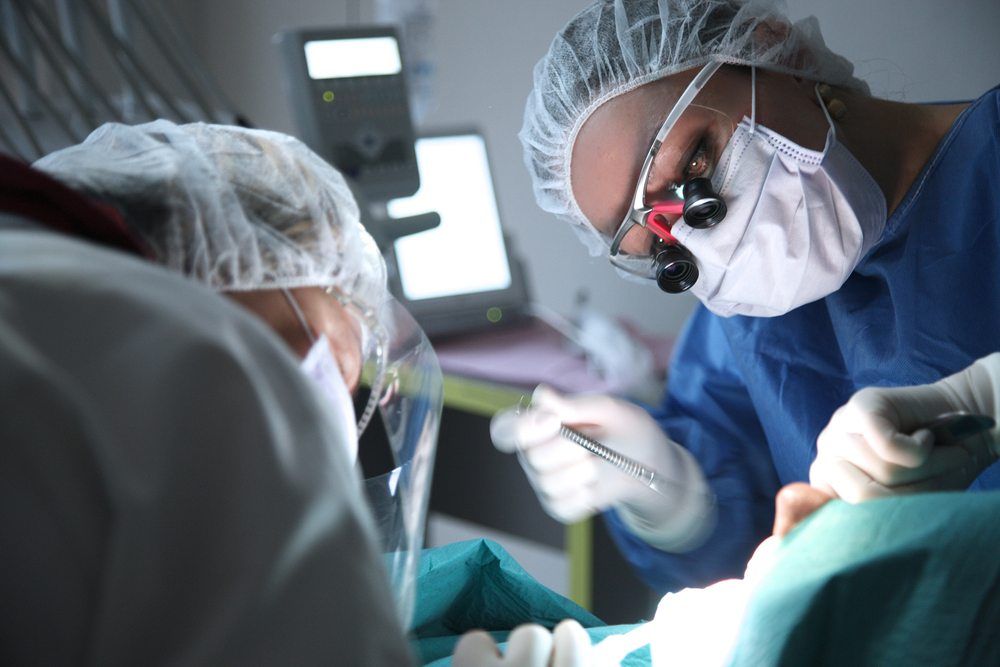Periodontists treat their patients with the most conservative measures possible, but sometimes surgery is necessary to facilitate oral health and aesthetics. Some of the reasons your periodontist may recommend gum surgery include:
- To restore gum tissues lost to periodontal disease. Also known as guided tissue regeneration, this procedure is often combined with bone grafting to help support the teeth.
- To cosmetically improve your gum line. Known as mucogingival surgery, this procedure grafts soft oral tissues into the gum line to fill in areas that have become recessed. The gum grafts conceal exposed tooth roots to allow for a more aesthetically pleasing appearance.
- To prepare your teeth for dental restorations. The purpose of this type of gum surgery is to reveal more of the tooth’s root, effectively lengthening the crown of the tooth. Crown lengthening is reserved for patients who have decay below the gum line or have inadequate tooth structure to support a dental restoration.
Did you know…
that your jaw bone and gums should naturally hug the roots of each tooth, encircling the base of the crown to hold it in place? But when gum disease is allowed to progress, the gums can recede and begin to create ‘pockets’ around the teeth that will only become deeper with time. As bacteria proliferate in these pockets, patients experience further bone and tissue loss. Gum surgery is often the most conservative solution for patients with advanced gum disease – otherwise leaving the option of eventually having the teeth extracted.
Frequently Asked Questions
Am I a candidate for gum surgery?
Gum surgery may be right for you if you need crown lengthening for a restoration, you want to cosmetically enhance your gum line, or you have 3mm or greater pockets around your teeth due to periodontal disease. To find out more about gum surgery and your options for treatment, schedule an appointment with your periodontist.
What should I expect during a gum surgery?
Gum surgery is an in-office procedure performed under local anesthesia. Most patients feel no discomfort during the procedure, and you may be under mild sedation for its duration.
Will I need to follow any special instructions following my gum surgery?
Although the surgery itself should not be uncomfortable, you will experience sore and swollen gums in the days immediately following the procedure. Use a cold pack to reduce swelling in the hours after the treatment, and consume only a soft diet for the first few days after the procedure. Your periodontist may prescribe pain medication as well as antibiotics to ensure your recovery is free of complication. Be sure to keep the surgical site clean, and schedule a time to return to your periodontist’s office if you have sutures that need to be removed.






